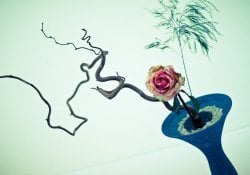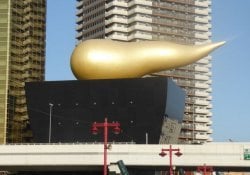dealing with Loanword, something similar to Wasei-Eigo, we also have Dutch words used in the Japanese language. In this article, we are going to see a list of Japanese words derived from the Dutch language that had a lot of influence in Japan.
Índice de Conteúdo
How did Dutch end up in Japanese?
Dutch is a western language that came to Japan after Portuguese and Spanish. In 1609 companies from the East Indies and the Netherlands (Federal Republic of Nederland) began trading at the Port of Hirado in Nagasaki.
About 30 years later, in 1640, the company moved to Dejima in Nagasaki and, even after becoming an isolated country, it remained the only trade in Europe and continued to transmit its culture to Japan.
In the process, many Dutch nomenclatures flowed and became established in the Japanese language. There is no beautiful name like it wasei-eigo to refer to Japanese words of Dutch origin, what we have is [オランダ語から日本語への借用].
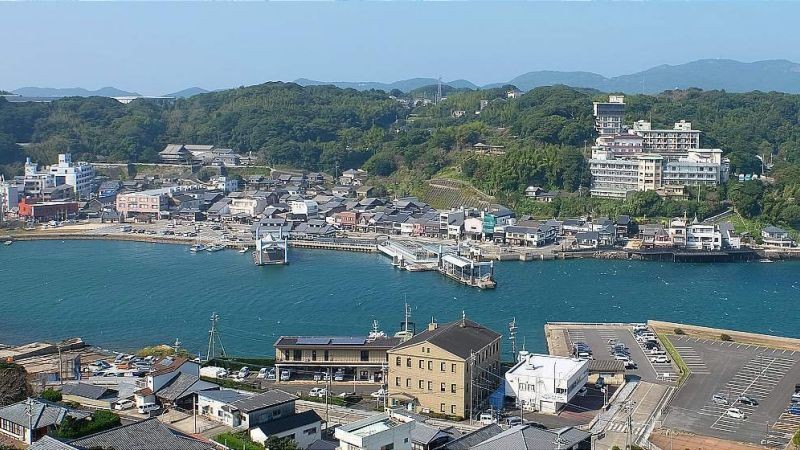
War for the Origins of Japanese Words
The similarities between Western words make some question the origin of the words used in Japanese. Did it come from Portugal or the Netherlands? Some words always become reasons for uncertainty and confusion.
For example, some believe that the cloak [マント] which refers to a cape, originated from the Portuguese language, but it is believed that it also originated from the Dutch word "mantel" - mantel, which when being Japaneseized can become cloak.
They also question the origin of the word iodine whether it came from Dutch or German. The same goes for the word rheumatism and "crane". Regardless of origin, the word lists in this article are of Dutch origin.
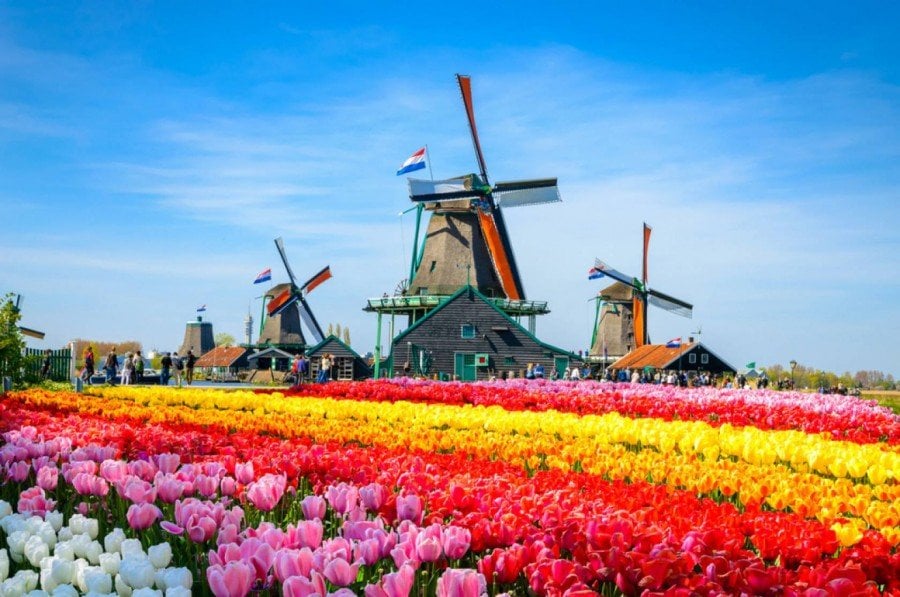
Gairaigo - The Words of Foreign Origin
As mentioned at the beginning of the article, Dutch words in Japanese can be called gairaigo [外来語]. Refers to all words used in Japan of foreign origin written in Katakana, regardless of language origin.
In order to explain, it's like the words internet, download, hotdog and hamburger that we use in English. There may also be false cognates, where the original word is different from the meaning used in the Japanese language.
in Dutch some gairaigo are stones and periodic table elements and some common objects and words that were brought to Japan by Dutch influence. I hope you make good use of the words mentioned in this article.
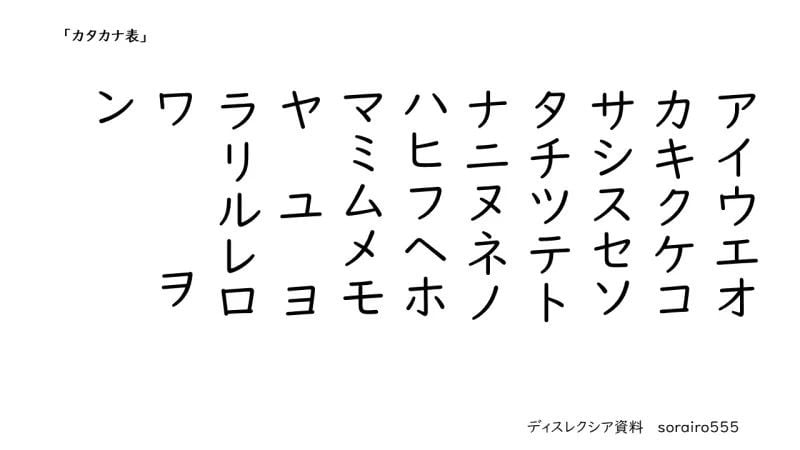
The article is still halfway through, but we recommend also reading:
Dutch Quarter in Nagasaki
A proof that the Netherlands influenced Japan in some way is located in the city of Sasebo in Nagasaki. The place references one of the royal residences of the Dutch royal family in The Hague. See other foreign places in Japan.
It is a Dutch theme park called Huis Ten Bosch with full-size Dutch buildings filled with theatres, museums, shops, amusement park, restaurants and a windmill.
In Nagasaki Prefecture there are many references to Holland. The Netherlands was the only European country to maintain diplomatic relations under the isolation of the Edo period. Some of these influences can be seen in the vocabulary of this article.
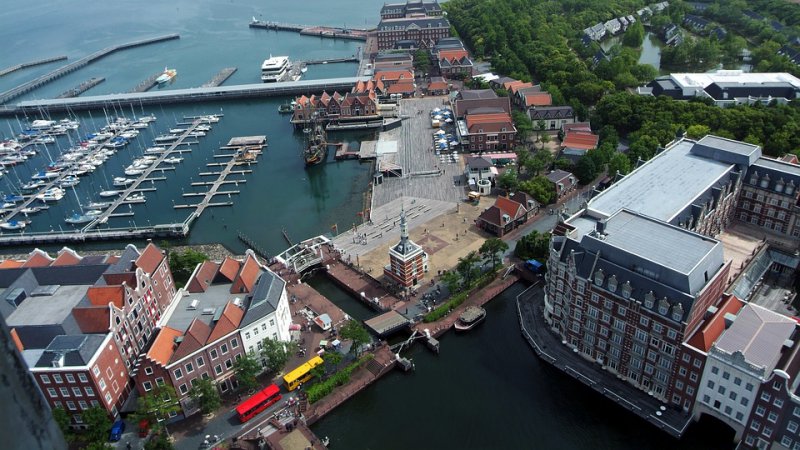
List of Dutch Words in Japanese
Below is a list of Japanese words with their meaning in English and their origin in Dutch:
Responsive Table: Scroll the table sideways with your finger >>
| Japanese | Portuguese | Dutch |
| アスベスト | asbestos | asbest |
| アパルトヘイト | apartheid | apartheid |
| アルカリ | alkali | alkali |
| アルコール | alcohol | "alcohol" |
| インキ | ink | inkt |
| エゲレス | egeres | Engelsch |
| エキス | to extract | extract |
| エーテル | ether | ether |
| エレキ(エレキテル) | electric (electel) | electricity |
| お転婆 | tomboy | yesterday |
| オルゴール | music Box | orgel |
| オレーフ | olef | olijf |
| ガス | "gas" | gas |
| カバン | bag | kabas |
| ガラス | glass | glas |
| カラン | callan | "crane" |
| カリウム | potassium | kalium |
| カン | tin | kan |
| カンテラ | quarry | kandelaar |
| カンフル | camphor | kamfer |
| キナ | kina | kina |
| キニーネ | quinine | kinine |
| ギプス | plaster | gips |
| コック | rooster | ok |
| コップ | glass | kop |
| コーヒー | coffee | "coffee" |
| ゴム | rubber | gum |
| コルク | cork | kurk |
| コンパス | compass | "compass" |
| サーベル | saber | sabel |
| サフラン | saffron | "saffron" |
| シロップ | syrup | siroop |
| ジャガタラ | jagatara | alligator |
| スコップ | Spoon | school |
| ズック | zuck | doek |
| スポイト | dropper | spuit |
| ソーダ | soda | soda |
| ソップ | soup | soup |
| タラップ | talap | "trap" |
| ダンス | dance | dans |
| チンキ | chinki | tincture |
| デッキ | covered area | deck |
| ドイツ | Germany | "Germany" |
| ドック | dock | dok |
| どんたく | dontaku | zondag |
| ニッケル | nickel | nikkel |
| ビーカー | cup | beker |
| ピストル | gun | pistol |
| ビール | beer | beer |
| ヒステリー | hysteria | hysterie |
| ピンセット | tweezers | pincet |
| ピント | focus | "brandpunt" |
| フラフ | fluff | vlag |
| ブール | boolean | boer |
| ブリキ | buriki | blik |
| ペスト | Prague | pest |
| ベルギー | Belgium | Belgium |
| ペン | pen | Caneta |
| ペンキ | painting | pek |
| ホック | hook | "haak" |
| ホップ | jump | hop |
| ポマード | ointment | pommade |
| ポルダ | polda | polder |
| ホース | hose | hoos |
| ボール盤 | drilling machine | boor bank |
| ポン酢 | ponzu sauce | pons |
| ポンド | libra | pond |
| ポンプ | bomb | "pomp" |
| マスト | mast | Em: mast |
| マドロス | sailor | matroos |
| マホメット | Mohammed | Mahomed |
| マラリア | "malaria" | malaria |
| マント | front cover | "mantel" - mantel |
| メス | female | mom |
| モルモット | "marmot" | "marmot" (in English) |
| モルヒネ | morphine | morphine |
| 八重洲 | yaesu | Jan Joosten |
| ヨード | iodine | jodium |
| ヨードチンキ | tincture of iodine | Joodtinctur |
| ヨーロッパ | Europe | Europe |
| ランドセル | school bag | ransel |
| ランセット | lancet | lancet |
| ライスターフェル | leisterfell | rijsttafel |
| ランプ | light fixture | lamp |
| リウマチ | rheumatoid | rheumatisch |
| リュックサック | schoolbag | rugzak |
| ルーデサック | rude bag | rodee-zak |
| レッテル | label | "Livre" |
| レトルト | retort | retort |
| レンズ | lens | lens |
| ロストル | face | rooster |
Ponzu sauce - In the original sense, it refers to the juice of citrus fruits, which, in turn, came to mean mixed vinegar. It is also used as an abbreviation of "ponzu soy sauce". The "ponchi" drink is also derived from the same word.

